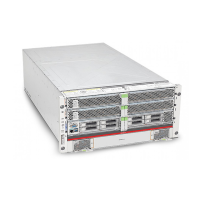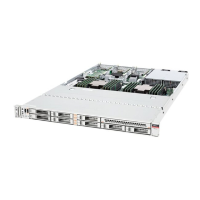Clear a Fault Manually
Related Information
■
“POST Overview” on page 40
■
“Configure POST” on page 40
Clear a Fault Manually
When the server detects faults, the faults are logged and displayed on the console. In most
cases, after the faulty component is replaced the fault condition is repaired automatically. In
cases where the fault condition is not automatically cleared, you must clear the fault manually.
1.
After replacing a faulty component, power on the server and, verify that the fault
for that component has cleared.
Use the fmadm faulty command to confirm that the fault is clear.
2.
Determine your next step.
■ If no fault was detected, you do not need to do anything else. Do not perform
the subsequent steps.
■ If a fault was detected, continue to the next step.
3.
Clear the fault from all persistent fault records.
In some cases, even though the fault is cleared, some persistent fault information remains
and results in erroneous fault messages at boot time. To ensure that these messages are not
displayed, type:
faultmgmtsp> fmadm acquit
UUID/NAC-name
Fault UUID numbers are displayed in fmadm faulty output.
4.
Verify the fault is cleared.
Run the show disabled command to see if any components are still listed as faulty. If there are
disabled components, repair the faults manually and continue to the next step to reset the server.
faultmgmtsp> show disabled
5.
If required, reset the server.
Detecting and Managing Faults 43

